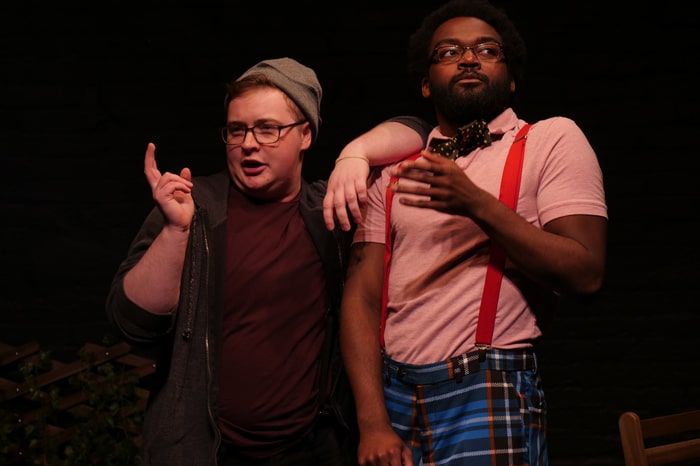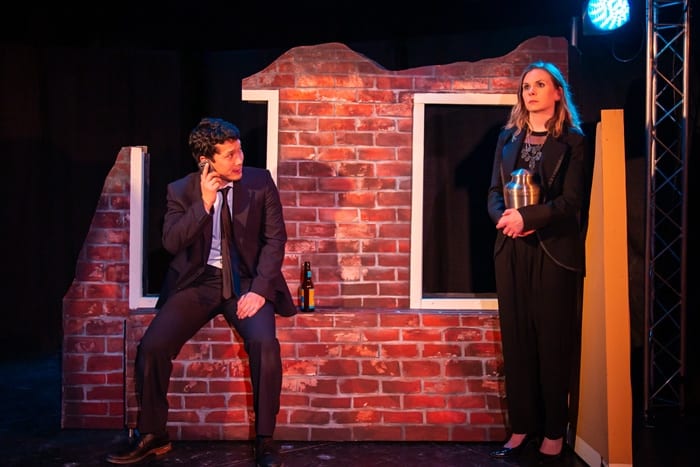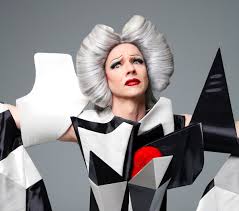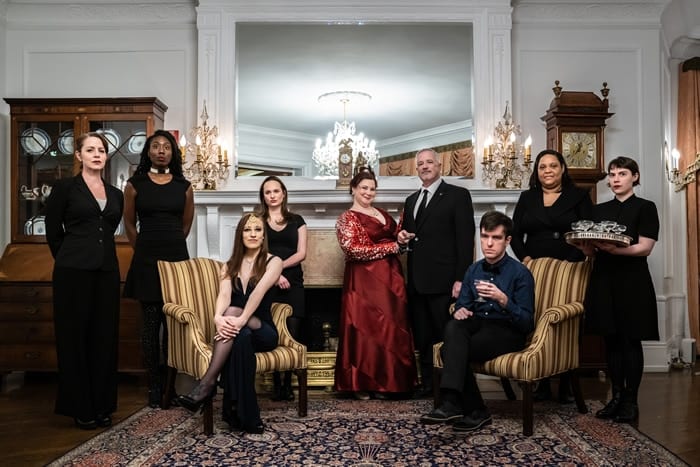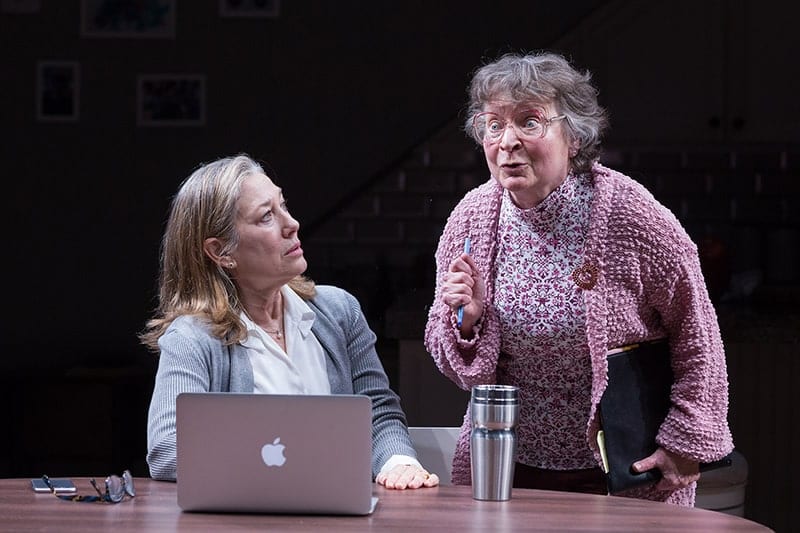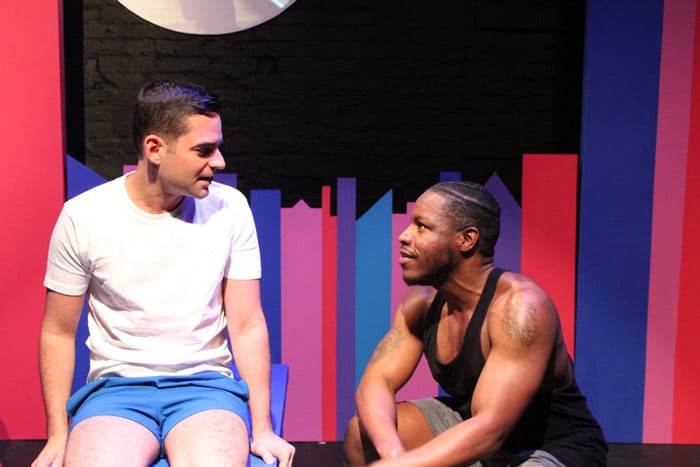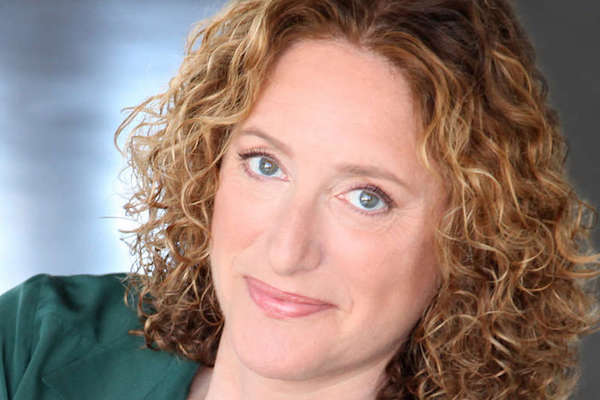by John Bavoso
This article was first published by DC Theatre and can be found on their site here.
Was Anton Chekhov touched with the gift of prophecy when he wrote the first of his four major plays, The Seagull? Or, even rarer, with self-awareness? The piece, which begins with a disastrous performance of an avant-garde play, was considered an epic failure upon its debut in Petersburg in 1896. The situation was so dire that Chekhov swore off writing plays all together. For all the angst it surely caused its writer at the time, the piece endures as a meditation on the new vs. the old, the nature and purpose of art, and the merits or lack thereof of fame—all fertile ground for the young artists at The Wheel Theatre Company to dig into in a new adaption written and directed by Jack Read.
The Seagull has, of course, been adapted many times before—as The Notebook of Trigorin by Tennessee Williams, and Aaron Posner’s Vanya and Sonia and Masha and Spike and as musicals, films, and operas. Read’s version, through trimmed down to 100 minutes without an intermission, is fairly true to the original text in terms of the four-act structure, the characters, and many of the jokes. Where the The Wheel puts its own stamp on the classic is the casting and in the form of a prologue and epilogue of Read’s own devising.
A true ensemble piece, The Seagull is nonetheless, at its center, the story of Boris Trigorin (Thomas Shuman), a wildly famous but insecure writer; his lover, Irina Arkadina (Olivia Haller), the aging actress; her son, Konstantin Treplyov (Aron Spellane), an experimental writer; and the object of his affection, the ingénue Nina Zarechnaya (Gracie Eda Baker). In the orbit of this foursome are the estate’s manager, Ilya Shamrayev (Adrian Iglesias), his wife, Polina (Elizabeth Floyd), and his daughter, Masha (Madeline Mooney); Arkadina’s brother, the retired civil servant Sorin (Axandre Oge); Semyon Medvedenko (Amber James), a schoolteacher; and Yevgeny Dorn (Colton Needles), a country doctor and unrepentant ladies’ man.
As previously mentioned, the action begins with a play within a play, written by Konstantin and performed by Nina, which is cut short by the laughter and scorn of Arkadina for her son’s inaccessible and dour work. This act is the jumping off point for multiple love triangles, musing about creation and notoriety, and, against all odds, some very funny jokes.
Read and his team have made some interesting choices to update this classic. The first, that he has cast young actors to play a variety of age ranges without attempting to visually age them in any way. This choice does well to highlight the universality of questions about one’s purpose and identity. It also runs the risk of making Chekhov’s characters sound like petulant, bratty 20-somethings—but Read and his cast steer away from any impulse toward caricature. The choice to cast the male character of Medvedenko as a female actor brought an interesting spin and welcome queerness to the role and the impoverished schoolteacher’s relationship with Masha.
The contemporary costumes—the design for which go uncredited, leaving me to assume they have come out of the cast’s own closets—suit the reimagined characters well without taking the audience out of the story. And Elizabeth Floyd’s props and sets work well with the small space in the DC Arts Center. The Wheel’s production feels rather thrown together in a way that complements the text and subject matter rather than detracting from it.
The real draw here is the performances. Shuman brings to the role of Trigorin an alluring mix of self-confident charm and vulnerability. This is especially the case in a prologue of Read’s own devising that has the fictional writer narrate excerpts from Chekhov’s actual letters about The Seagull, further blurring the lines between the creation of the play and its subject matter. Haller seems to be taking immense pleasure in embodying the haughtiness and cutting tongue of Arkadina—my guest likened her rendition to that of Moira from Schitt’s Creek, and it’s not a parallel I could not argue with.
Spellane brings the right notes of earnestness and thin skin to the role of Konstantine, and shines in an original epilogue, during which the actor conveys so much emotion without uttering a single word. Baker, despite her youth, feels more natural and resonant as the older, world-weary version of Nina than as the young, striving actress. Iglesias, James, and Mooney—whose extra emo Masha wouldn’t be out of place at a My Chemical Romance concert—provide delightful moments of comic relief.
Even in this slimmed-down version of the play, and despite Read’s capable direction, the action drags a bit in middle, especially without an intermission to break things up. At the same time, certain characters suffered slightly in the trimming—Masha, for example, seemed to lose a bit of robustness in the way her story was cut up, leading to a more one-note characterization than the original.
Minor flaws aside, Jack Read and his cast have presented a version of The Seagull that manages to be both timeless and of-the-moment. The seagull is symbolic of something that returns home again and again, and the fact that a production of a 123-year-old play can still be relevant and reveal truths about the world we’re living in today is a testament both to Chekhov and The Wheel’s team of passionate young artists.

